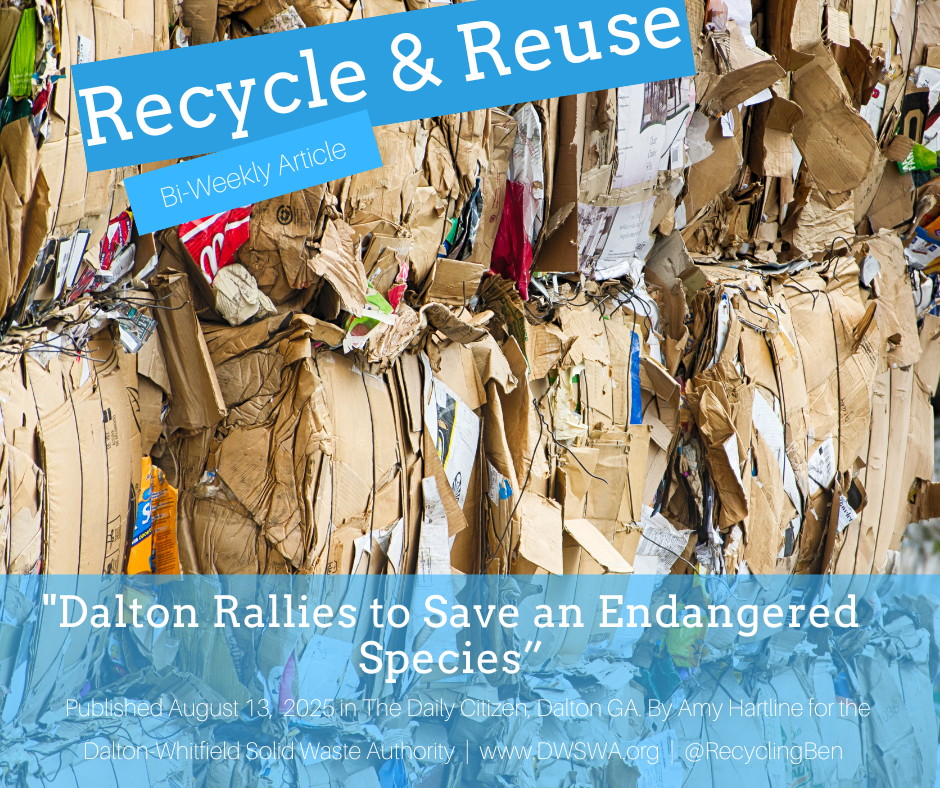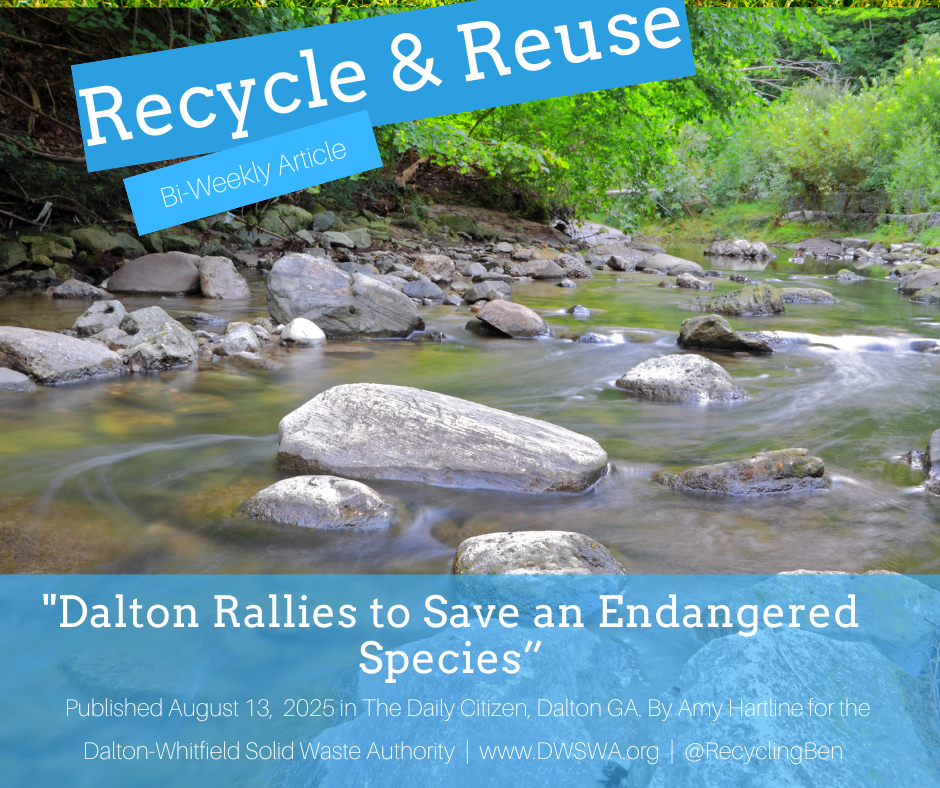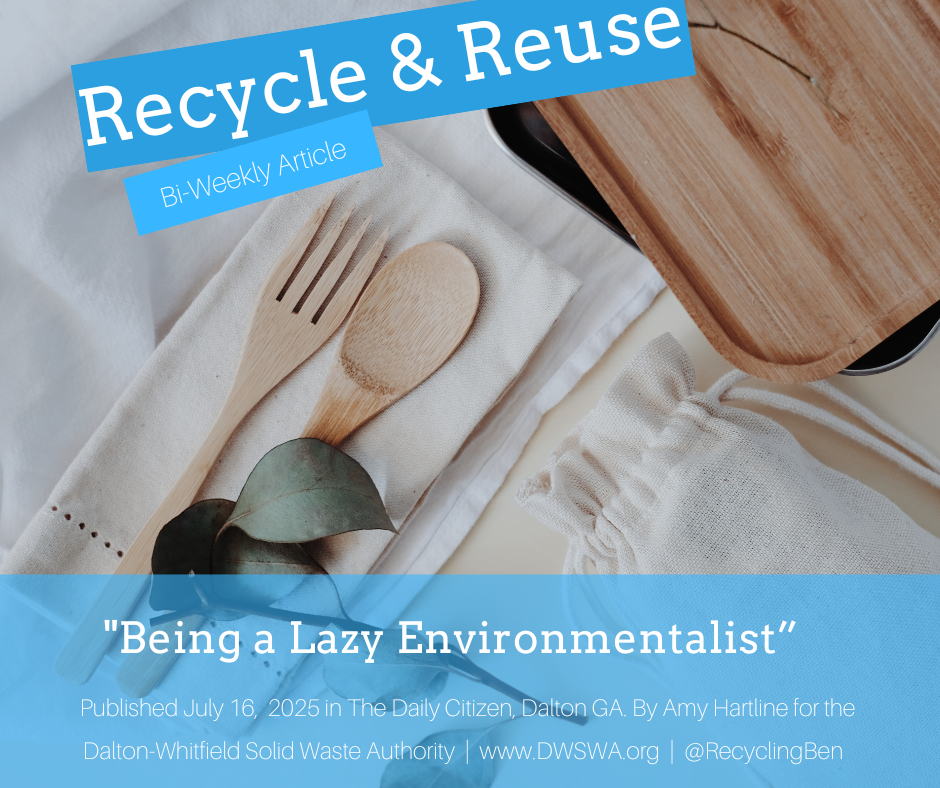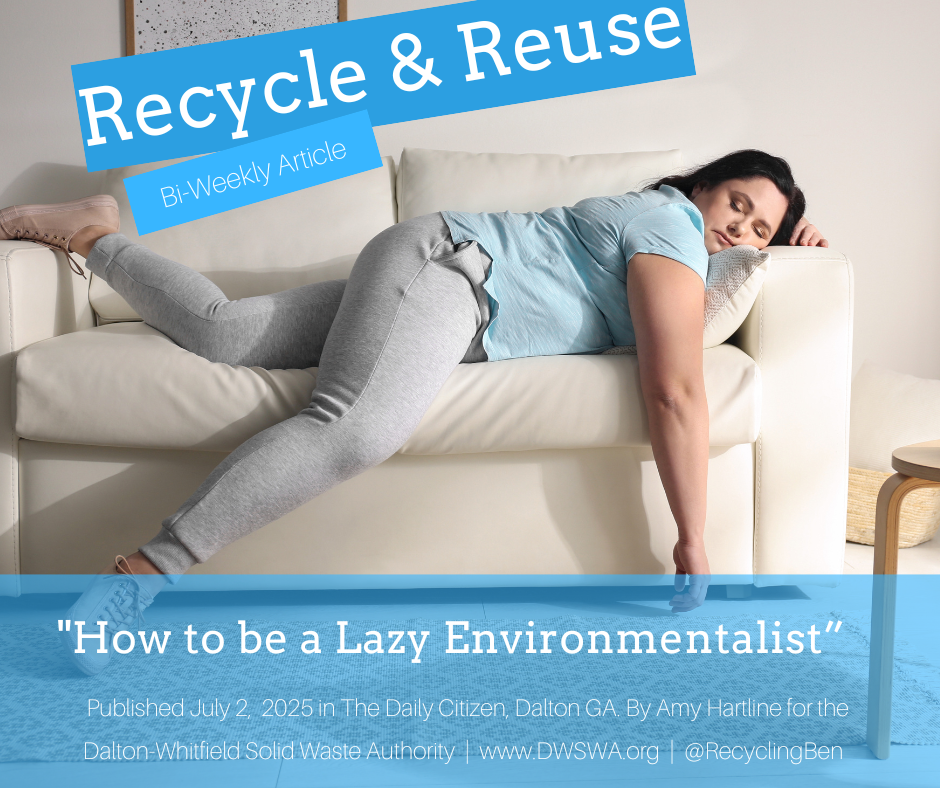Common Recycling Myths (And Why They’re Wrong)
/Even though recycling has become a common practice, there are still mysteries and myths surrounding it. These myths can lead people to become confused about what they can put into the bin or even cause them to never recycle. These are the top six myths around local recycling that are completely wrong.
“Recyclables Just End Up in the Trash.” Every so often when I go visit places to discuss recycling, I will have someone pull me over to the side and in a conspiratorial whisper ask me if the items they put in the recycling bin are actually recycled or if we really just take them to the landfill. Recycling is a business and while prices may rise and fall for our commodities our goal is to make a revenue to help pay for operating costs. Putting trash in a landfill costs us money and precious landfill space. Not only would just throwing the materials into the trash be immoral, it would waste our time, resources, and money.
“My trash will just decompose in the landfill anyway.” Landfills are built to store your trash, but they are not constructed to decompose it. Though some decomposition occurs it is incredibly slow. The trash buried away with plastic bags takes years to decompose. In 1972, an excavation of 21 landfills called “The Garbage Project” began. Students led by their professor dug out trash that had been buried for years and they found that what had been thrown out had become preserved. During this project and others like it they found perfectly preserved hot-dogs and guacamole from ten years ago or more. All of the plastic put into landfills including bottles, wrappers, and toys can take a thousand years or more to eventually decompose into micro-plastics in a landfill and glass can take one to two million years.
“If something has the recycling arrows on it, you can recycle it.” While this might logically make sense, that symbol is actually there to tell you what number the plastic is or what type it is and not whether you can recycle it. We only accept #1 and #2 plastic bottles and jugs which means that any other number inside that symbol cannot go into the recycling bin and belongs in the trash.
“You have to take the cap and labels off of bottles to recycle them” At one point this was true, but now a process has been developed to sort the bottles, labels, and caps after they are recycled. The bottles are crushed and the hard plastic of the bottle, or the PET, will sink to the bottom to be turned into things like carpet. The caps and labels will float to the top and be turned into toothbrush handles and yogurt cups.
“Bag your recyclables.” We know that you are only trying to help by sorting your recycling for us, but those bags can make it difficult to sort through what you’ve recycled. Not only that, but if the bags go through our equipment, they can mess up it up and cause the workers to have to halt production so that they can clear out these bags. Take your plastic bags to large retailers such as Walmart to be recycled by the companies that use and distribute them.
“I’m only one person, it won’t make that big a difference.” Probably the most important myth to dispel, one person recycling regularly makes a big difference every year of their life. One person typically uses 749 pounds of paper a year. Since one tree makes about forty pounds of basic paper, by recycling all of your paper you could be saving around 18 trees each year. Eventually, you’ll end up saving a forest during your lifetime. Remember that paper includes your cereal box, a toilet paper roll, and old books that are beyond reading not just copier paper. When it comes to plastic, if you recycle one bottle a day for an entire year you’ve recycled about 20 pounds of plastic. That will make nineteen t-shirts, or the fill of twenty-six fluffy ski jackets. You aren’t throwing away trash, you’re throwing away precious materials.
































